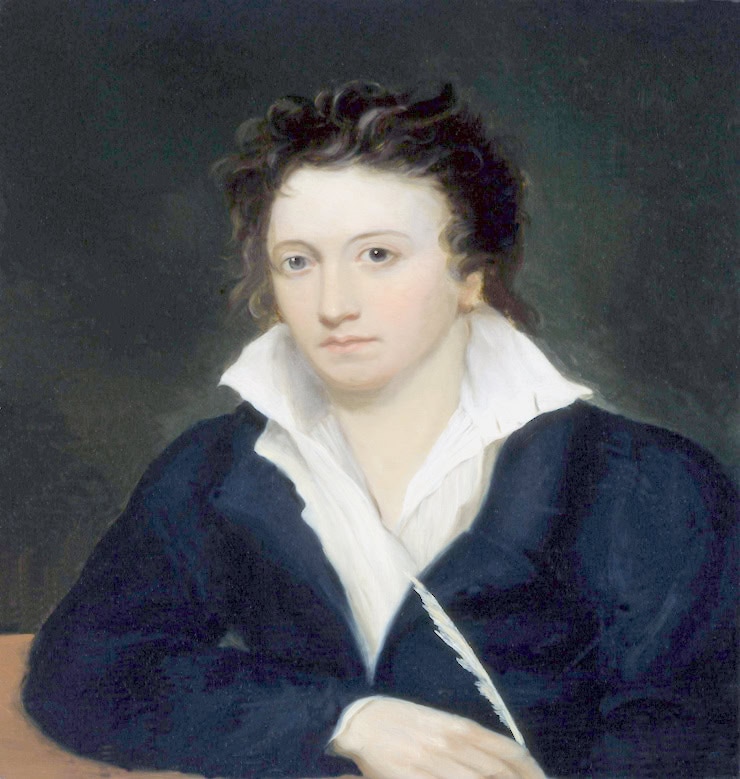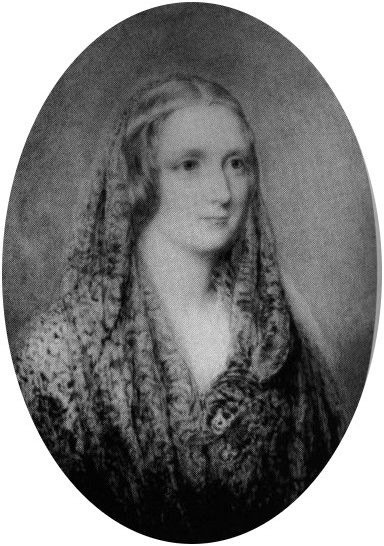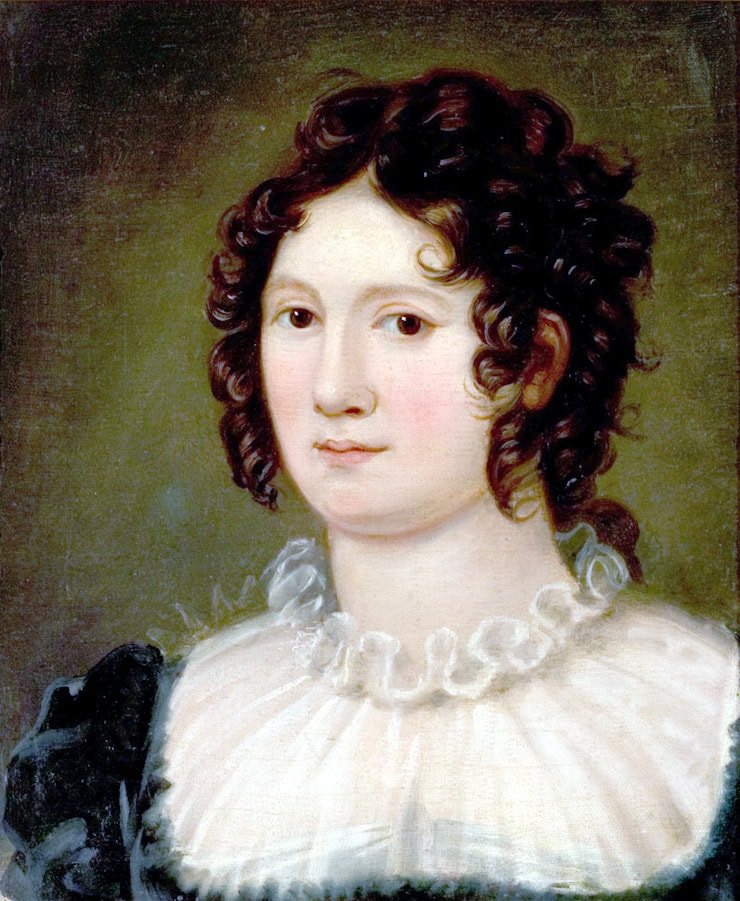Percy Bysshe Shelley was an English writer and poet, whose radical ideas won him few admirers during his lifetime, whilst his work was only to be appreciated later and serve to inspire a new generation of poets and thinkers.
One of the most prominent English Romantics, his life was marred by crises which, coupled with his defiance of social convention, served to influence his poetry and prose.
He was born in August 1792 into a political family as his father was Sir Timothy Shelley, a serving Member of Parliament for Horsham, representing the Whig party. As the eldest son he was expected to follow in his father’s footsteps and embark on a political career.
During his early years he was close to the women in his family who encouraged him in his pursuits, allowing him to demonstrate an aptitude for language and science. In 1804, Shelley attended Eton College, an experience which he loathed, as he was bullied which had a permanent effect on his character. As a non-conformist, Shelley’s refusal to adhere to the rituals and the social expectations of the school quickly earned him a reputation for being odd and difficult. He continued to be interested in science and the supernatural and was later nicknamed “Mad Shelley”.
By the time he left Eton, he had transformed into quite the scholar, with his first novel entitled “Zastrozzi” published alongside a gothic novel known as St Irvyne. He also produced Original Poetry by Victor and Cazire which he compiled alongside his sister Elizabeth, all of which he completed before enrolling at University College, Oxford.
Once at university, Shelley continued to dedicate his time to scientific experiments and reading for pleasure, so much so that his attendance to lectures was significantly sporadic.
At the time he developed a close bond with a fellow student called Thomas Jefferson Hogg, the result of which was Shelley’s increasing politicised views and radical attitudes, particularly his anti-Christian stance which in time his father saw as dangerous in view of the complex political scene.
Inevitably, Shelley challenged authority with his new found beliefs and sent a political poem entitled “The Necessity of Atheism” to all the bishops and heads of colleges at Oxford. The situation forced the hands of the college authorities who subsequently expelled him from Oxford, alongside Hogg who had collaborated on the project in 1811. His expulsion caused a deep rift between father and son.

In the meantime, Shelley engaged in a romance with sixteen-year-old Harriet Westbrook, who was known to Shelley’s sisters. After exchanging correspondence for a while, Shelley became infatuated by her and convinced her to elope to Edinburgh where they married in August 1811, much to the dismay of both fathers who cut off the bride and groom financially.
In the coming months, the young couple managed on scant resources and embarked on an unconventional living arrangement whereby Shelley’s university pal Hogg lived alongside them. In time it became apparent that Hogg was making advances towards Harriet, who thus called on her older sister Eliza to move in with them. In the end, Shelley, Harriet and Eliza formed a new trio who left Hogg behind to go and live in the Lake District.
In the meantime, Shelley became preoccupied with the issue of Ireland and in 1812 published three political tracts which drew attention to the authorities. Within these publications Shelley expressed sympathy for the poverty endured by the Irish under oppression and called for a repeal of the Acts of Union as well as Catholic emancipation. As a result, the authorities were notified and the Home Secretary became aware of Shelley’s increasingly radical and provocative political stance.
Now under intense scrutiny from government surveillance, the Shelleys settled for a while in Wales before travelling back to Ireland to evade the authorities as well as creditors, as he was by now suffering from severe liquidity issues.
Back in London, Shelley wrote his first major poem called “Queen Mab”, inspired by the desire to expose the social ills which compound the oppression of humanity. Harriet also gave birth to a daughter at this time, however her relationship with Shelley soured as his attention turned elsewhere.
In May 1814, Shelley’s gaze fell upon a sixteen-year-old called Mary Godwin, daughter of the late feminist author Mary Wollstonecraft and William Godwin who was an influential political philosopher and novelist and who had mentored Shelley.

Once William Godwin found out Shelley’s intentions with his daughter, he banished him from the house and banned his daughter from seeing him. Such a reaction failed to separate the pair who went on to elope to Europe, with Mary’s step-sister Claire in tow.
As the three of them travelled across Europe, Shelley’s money worries were still unresolved and they returned to England in a precarious situation. At the same time Harriet, who had been left behind by Shelley, had given birth to a baby boy who would eventually become the heir to the family fortune and baronetcy.
This put Mary in a difficult position and led to a period of illness and depression, made worse by the loss of her daughter at ten days old. In the midst of the bohemian lifestyle, Shelley embarked on a romance with Claire, Mary’s step-sister whilst Mary grew closer to Hogg, who had begun living with the trio. Eventually, Mary asked Claire to leave.
Shelley and Mary remained in London where he worked on “Alastor” which was a long poem inspired by Narcissus and Echo. Mary became pregnant and at the beginning of the following year gave birth to a baby boy. This happy occasion did little to allay Shelley’s fragile mental state and he contemplated fleeing abroad.
Meanwhile, Claire had become involved with Lord Byron just at the moment that he went into self-imposed exile.

Claire then arranged for the two men and households to convene in Geneva, something which Shelley was very keen to do as he admired Byron’s poetry greatly. Once in Switzerland, the travelling party developed into a large debating society, staying up into the early hours of the night to discuss philosophy, literature and science. It was here that Mary would become inspired to write her famous novel, “Frankenstein” whilst Shelley continued to suffer delusions and panic attacks.
During a boating tour Shelley found inspiration and wrote a “Hymn to Intellectual Beauty” which as its central theme focuses on mysterious unreachable power. His surroundings helped to move him in a way that allowed him to explore the idea of worshipping beauty, rather than a deity. Another poem which emerged from the natural beauty of his surroundings was “Mont Blanc” in which he juxtaposes the power of the mountain in its raw natural state to the power of man’s imagination.
Sadly, his inspirational trip to Geneva came to a halt when news of Claire’s pregnancy by Byron caused friction within the group. On their return to England, Harriet committed suicide and Shelley lost custody of the children.

A few weeks later, Shelley married Mary and the family moved to Marlow in Buckinghamshire, accompanied by Claire and her daughter Allegra. The uncomfortable living arrangement inevitably caused further friction and after the birth of another child by Mary, Shelley left for London with Claire alongside him. During this period, Shelley was briefly arrested as his spiralling debts had finally caught up with him.
By 1818, Shelley had ingratiated himself in a London group which included literary figures such as John Keats and William Hazlitt. In this environment, he wrote a significant work called Laon and Cythna which dealt with difficult themes and attacks on religion, causing it be re-edited and reissued to deal with the backlash.
By the end of the year he had produced what was believed to be one of his best sonnets entitled “Ozymandias” as part of a competition with fellow poet Horace Smith. The task was to create a poem based on the Egyptian pharaoh Ramesses II. Shelley’s poem coincided with the acquisition of the Younger Memnon at the British Museum after it was removed from its original site by archaeologist Giovanni Battista Belzoni. The central theme of his poem was the transient nature of power, describing how leaders who acquire power inevitably encounter decline.
The following year, Shelley took what would become his final trip, when he left for Italy with his unconventional familial entourage. On this trip, tragedy would strike more than once as Mary and Percy’s baby daughter Clara fell ill and passed away in Venice. Her mother’s grief overwhelmed Mary who subsequently became estranged from Shelley.
Despite his failing health and family tragedies abound, including the death of his three-year-old son, Shelley remained in Italy and made significant progress on his poetry, channelling his emotions into his work, including “Ode to the West Wind” which he wrote in Cascine wood near Florence and was published as part of the collection “Prometheus Unbound”.
Throughout the peaks and troughs of his life, Shelley remained steadfast in his political views and after hearing about the Peterloo Massacre back in England, composed a political poem entitled “The Mask of Anarchy”.
For the remainder of his life, Shelley wrote poetry spurred on by both his political and social convictions as well as his personal tragedies which sought solace in the written word. After several years living and working in various locations in Italy, Shelley would meet his untimely end when he embarked on a sailing adventure aboard his new boat the Don Juan.
Sadly, the crew would be caught up in a storm and Shelley lost his life out at sea, his body later washing ashore with only his clothing and a copy of Keat’s Lamia left to identify him. His body was cremated on the beach and the ashes were buried in the Protestant Cemetery of Rome.
By the time of his death aged just 29 in 1822, Shelley had lived an eventful and unorthodox life; his work reflected his social and philosophical attitudes and would later draw great admiration from some significant figures, such as Gandhi and Karl Marx.
A personification of the Romantic Movement, Shelley’s rebellion and challenge of traditional convention and visionary use of nature contributed to the creation of a substantial body of work which to this day is studied and enjoyed.
Jessica Brain is a freelance writer specialising in history. Based in Kent and a lover of all things historical.
Published: 15th July 2024.















